Jay Rutland is creative director of global art powerhouse Maddox Gallery. He reveals his theory on the future of NFTs and the influence of Banksy, and shares his thoughts on Maddox’s meteoric rise and what’s next for the contemporary art world.
It’s hard to believe Maddox Gallery has only been around since 2015, such is its impact on the contemporary art world. Maddox has redefined what a gallery can be, reinventing the sector and framing itself as a lifestyle brand that sells art – and in doing so, bringing art to whole new audiences. Their list of artists reads like a statement of intent, from established names like Banksy, Keith Haring, RETNA and David Yarrow to exciting newer talents like Lefty Out There and Dawn Okoro.
Maddox’s creative director is Jay Rutland, whose innovative approach and passion for contemporary art has set the tone for so much of the gallery’s character. Few people have as much insight into the art market as Rutland, which is why we tracked him down to hear his take on it during his extensive travels between their galleries in London, Los Angeles and Gstaad. Here’s what he has to say:
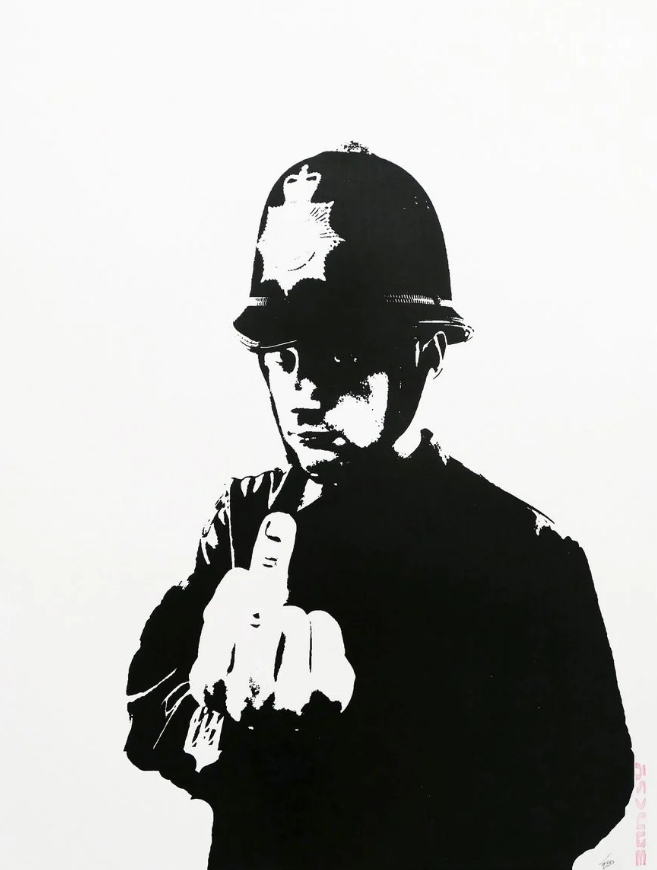
What first switched you on to art?
My sister’s husband was a prolific art collector and I would admire his ever-growing expanding collection every time I visited their house. In 2004, I thought it was time to start my own collection and I bought myself my first artwork, a Banksy print. The next thing I knew I had bought another artwork and another. My love affair with art had begun.
How different would the contemporary art world be if Banksy hadn’t existed?
Banksy has single-handedly transformed the contemporary art landscape as we know it. Thanks to his genius, creativity and ubiquity, street art has become a widely accepted genre of art. Once relegated to subway trains, abandoned buildings, and seemingly inaccessible areas of the urban landscape, street art has emerged in recent years as a critical element in political commentary on current events.
What are the qualities you are looking for when considering to invest personally in an artist, and offer Maddox’s representation to an artist? Do you apply the same considerations to both?
When I personally invest in an artist, there are always key attributes I look for, such as originality, creativity and collectability. I look for artists who are innovators, pushing the boundaries and creating completely unique works. On a more practical level, before investing in an artist, it is important to ensure their market is controlled and not over-saturated. Scarcity will ensure that demand for their work persists and in turn, there is a greater chance your investment will appreciate. Maddox looks for similar attributes when seeking new artists to represent. We want to work with creatives who redefine the confines of contemporary art.
Have you seen a changing of the demographics who are interested in buying art?
Over the past seven years, there has been an influx of new buyers interested in contemporary art, with many of these first-time collectors falling into the millennial age group. Over the next two decades, the generation of people born between 1944 and 1964 are expected to transfer $30 trillion in wealth to younger generations so we can expect this trend to continue.
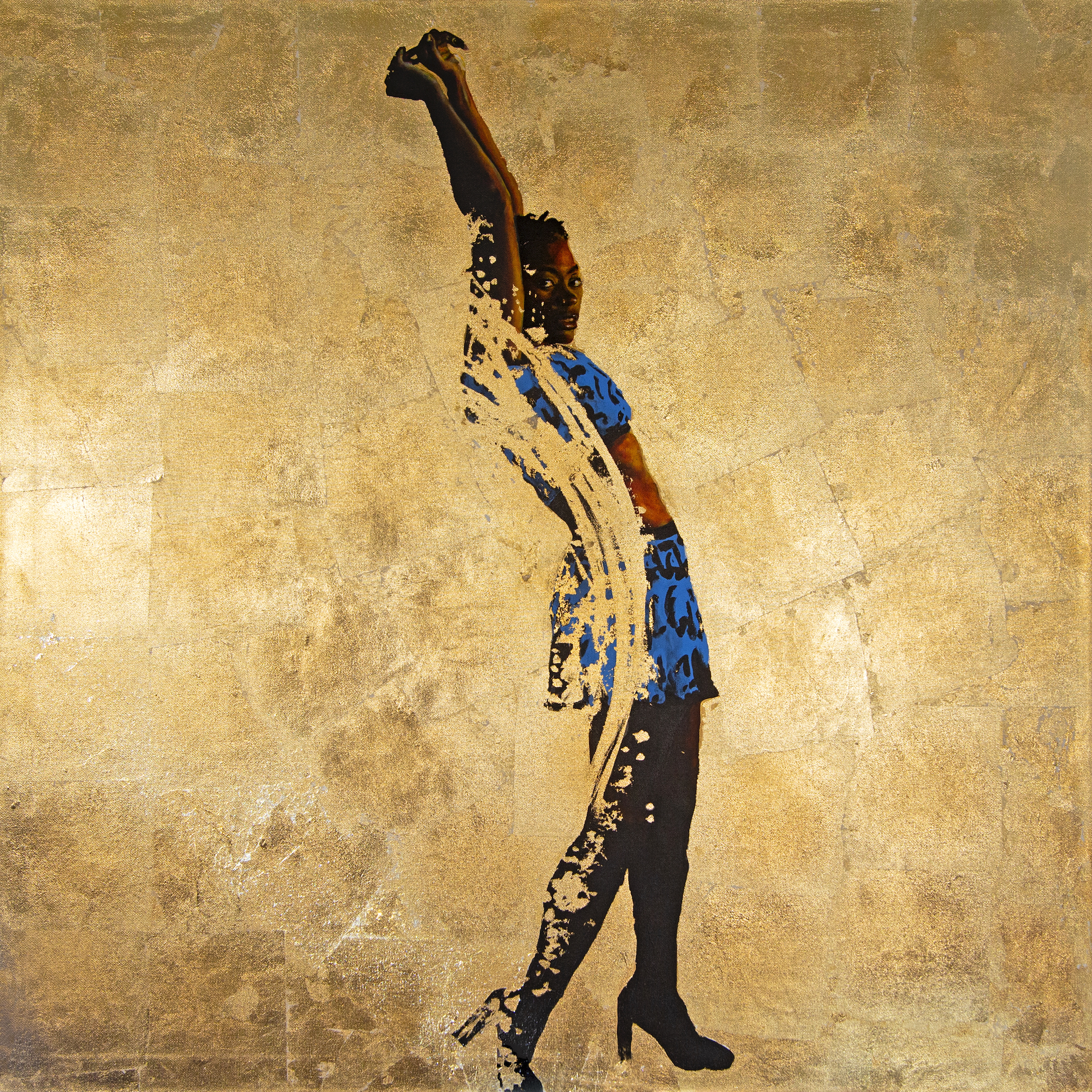
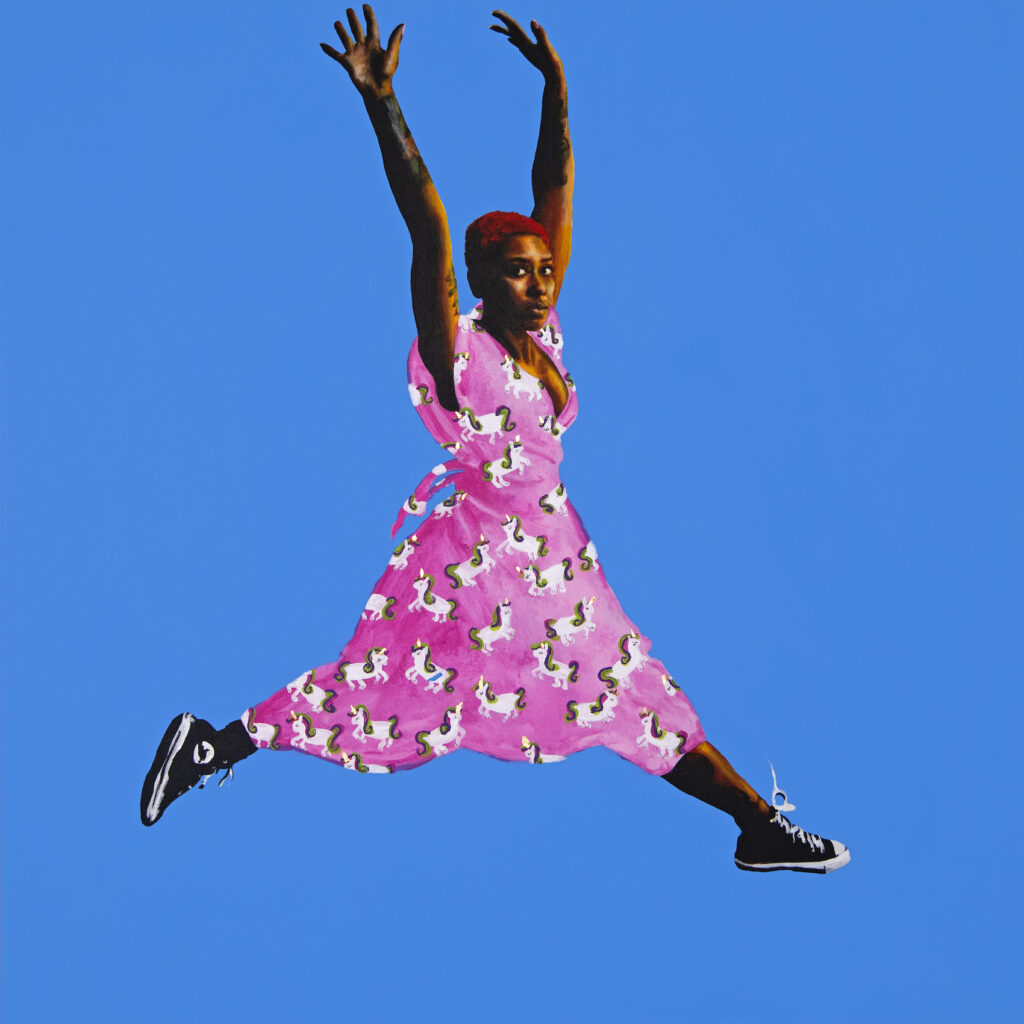
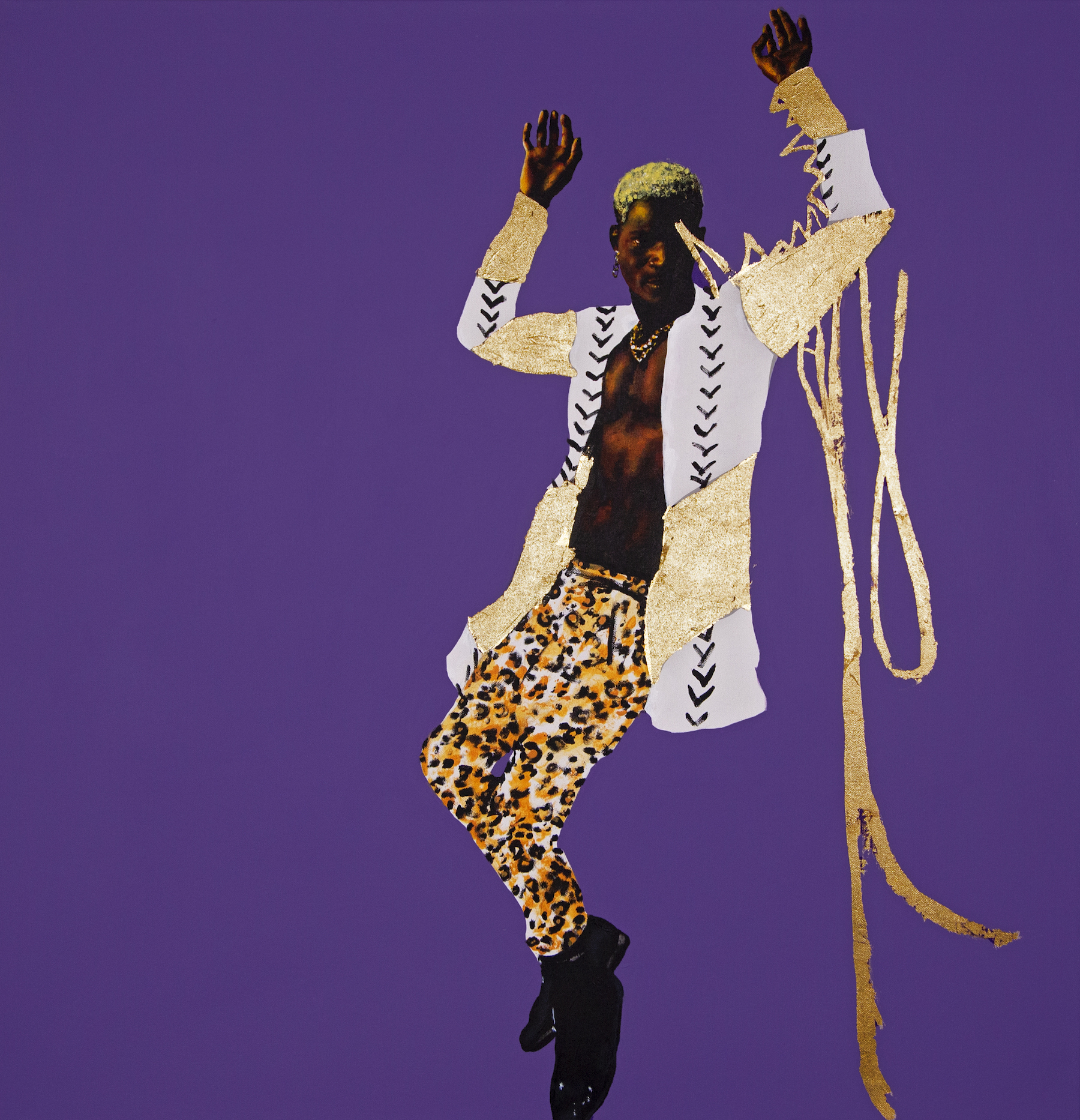
How has the contemporary art world changed in the seven years since founding Maddox?
One of the greatest changes since the founding of Maddox has been the rise of social media. Now considered the great ‘mega-dealer’ of the art world, platforms like Instagram have transformed the way artists are discovered and can rise to recognition in non-traditional routes.
I have a theory on what will happen with NFTs. I think that soon they will replace certificates of authenticity, so when you purchase a physical artwork, you will get an NFT with it that tracks its provenance and ownership.
Jay Rutland, creative director of Maddox Gallery
How you have harnessed social media to help build Maddox?
We are extremely lucky to have built a highly engaged following over the past seven years and in doing so we have been able to reach new audiences in all corners of the world. Social media has undoubtedly helped us to globalise the company and create a worldwide network of collectors, dealers and artists. With artists increasingly using platforms such as Instagram to display their works, we have also used social media to find exciting new talent who do not necessarily have traditional artist backgrounds.

What signposts do you see for how the art world might change over the next seven years?
The rapid rise of NFTs demonstrate how quickly the contemporary art world can change and with an influx of younger collectors joining the scene, I hope to see increased diversity of both artists and collectors.
What is your take on NFTs and the digitisation of art?
It has been fascinating to watch the exponential rise of NFTs and I think it really shows how quickly the art world can adapt to new concepts and ideas. Personally, I don’t really buy into owning digital art. I get pleasure from having physical art on my wall. However, I do have a theory on what will happen with NFTs. I think that soon they will replace certificates of authenticity, so when you purchase a physical artwork, you will get an NFT with it that tracks its provenance and ownership.
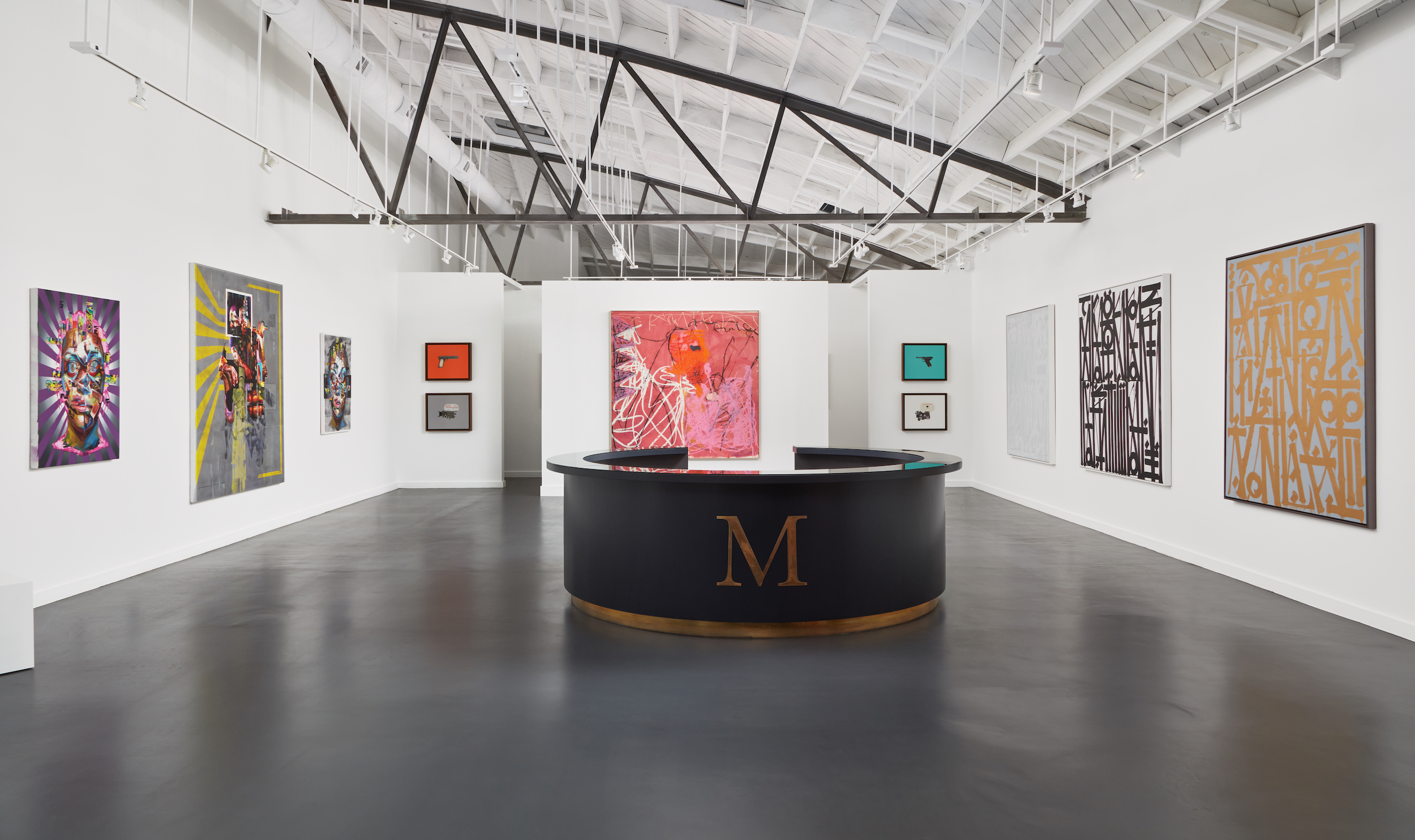
Maddox seems to have weathered the pandemic well. What lasting effects if any do you see the pandemic having on Maddox – and on the wider art-buying world?
The pandemic has acted as a catalyst for increased digitalisation in the art world and this applies to galleries and auction houses alike. The pandemic also brought to light the benefits of investing in art. At a time where the FTSE 100 and S&P 500 Index dropped to its lowest in years, the contemporary art market stayed resilient, with Maddox Advisory clients boasting an average return of 24.3% in 2021.
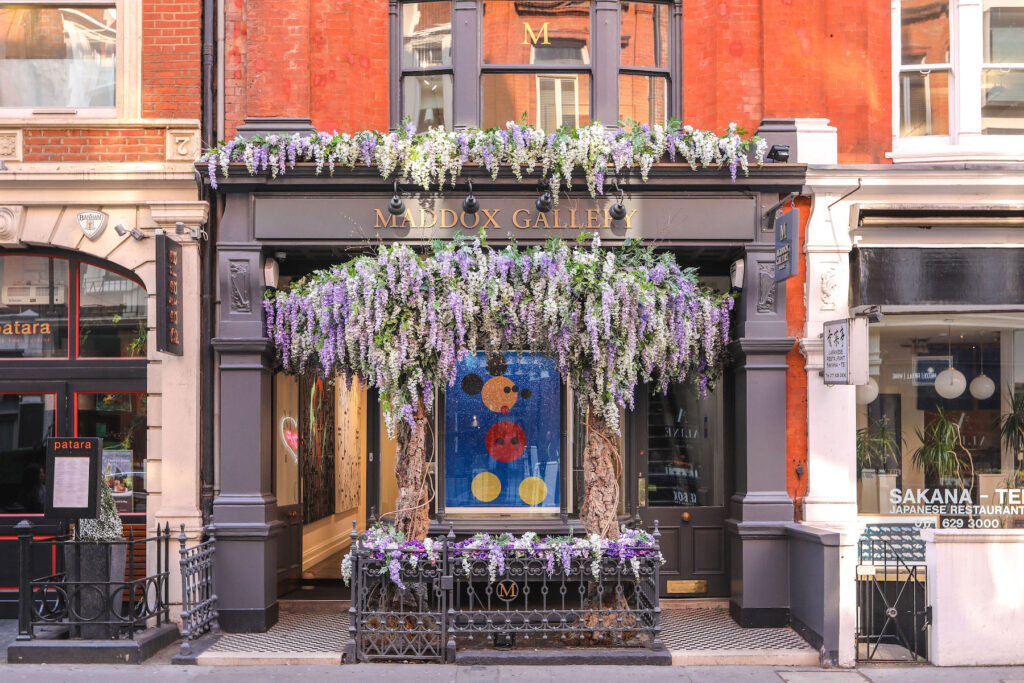
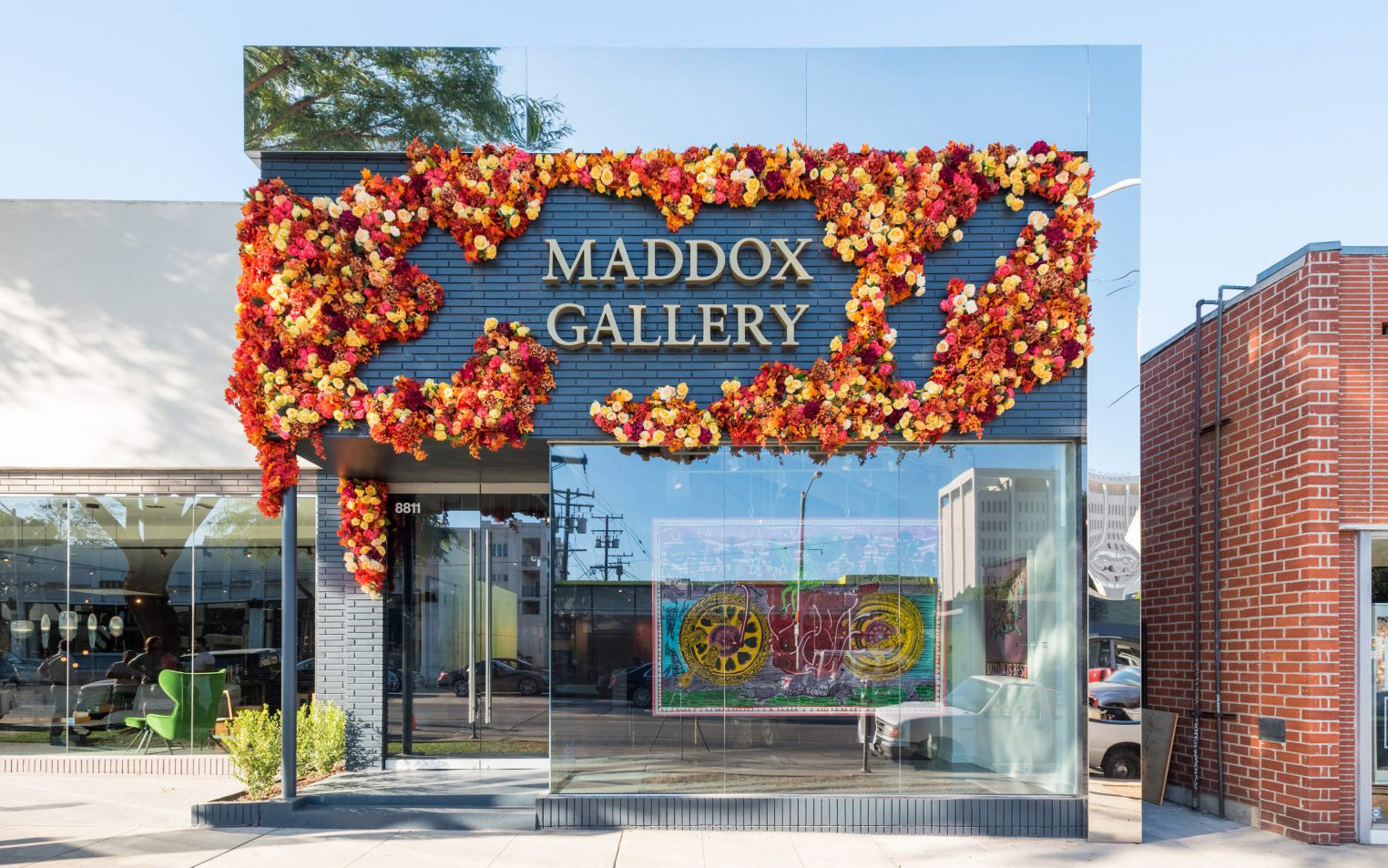


Do you find a difference in the tastes of your clients in London, Gstaad and LA, or is the art market too globalised for regional nuances?
Despite globalisation, I think there will always be regional nuances in clients’ taste. I think a large part of that is the physical limits of different locations. For example, someone living in an apartment in London will have less wall space than a client living in a house in Los Angeles so that always is a factor to consider.
If you hadn’t focused on collecting art, what might you be collecting?
I am interested in watches. There is something about the highly skilled craftsmanship that goes into them that I really admire.
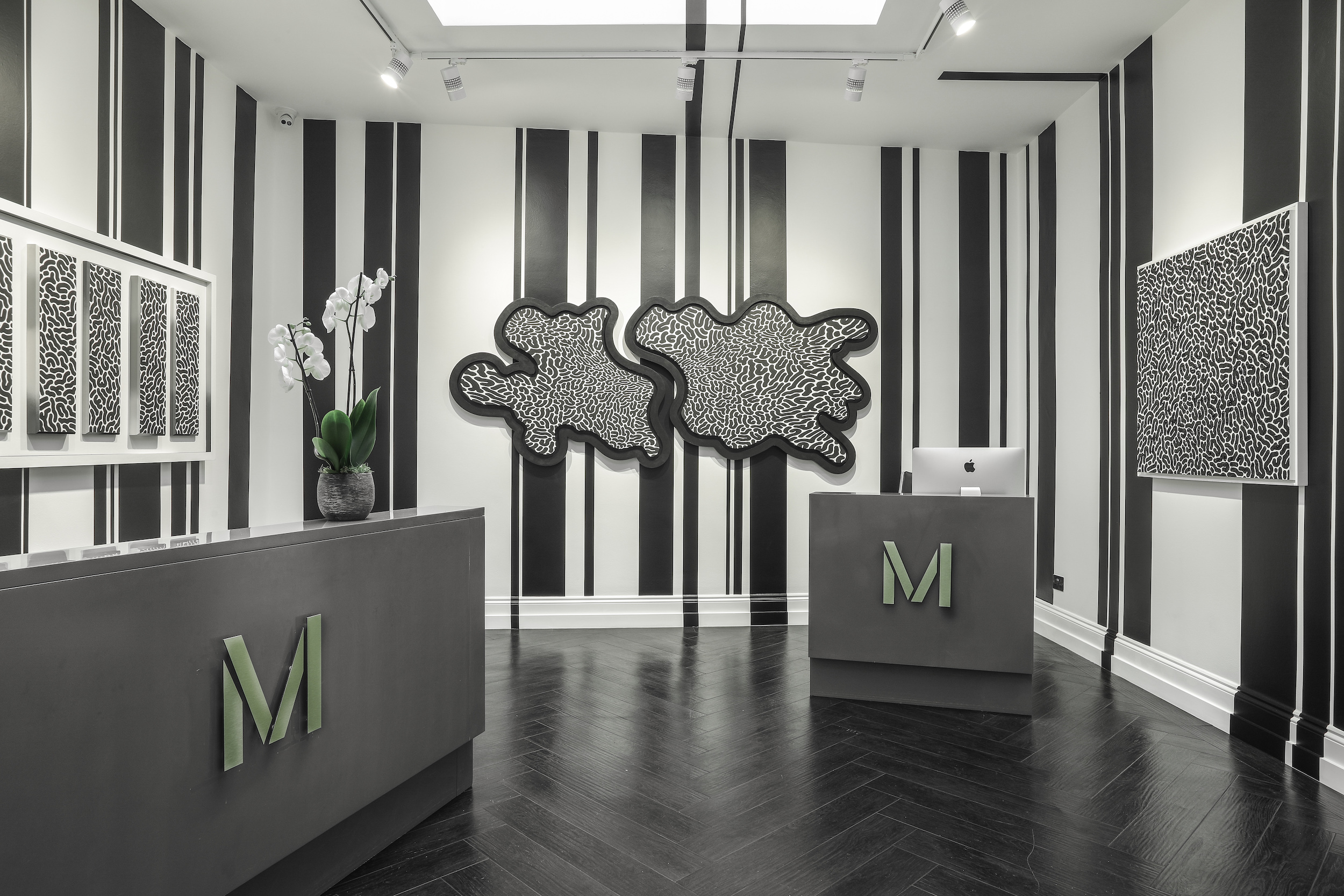
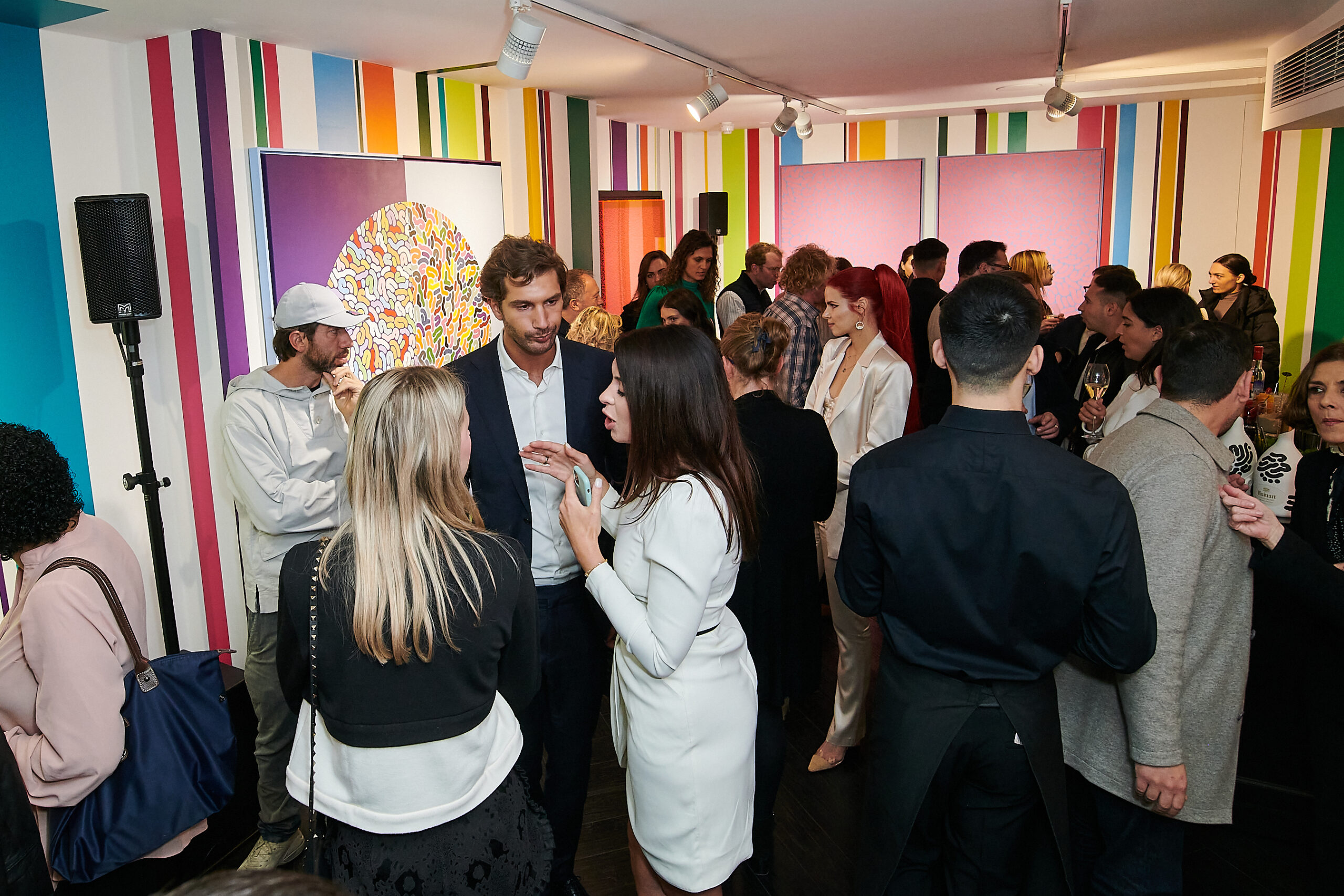
There’s a fire and you can only save three of your personal artworks.
I would save Rude Copper (top left) by Banksy as it was the first artwork I ever bought and I would also save my bespoke Tracey Emin neon that hangs in my house as it has great sentimental value.
What’s the best piece of advice you’ve ever been given?
It sounds clichéd, but buy what you love. I truly believe that if you stick to your gut instincts and buy based on passion, you will never be disappointed with your collection.
Effect Magazine is brought to you by Effetto



